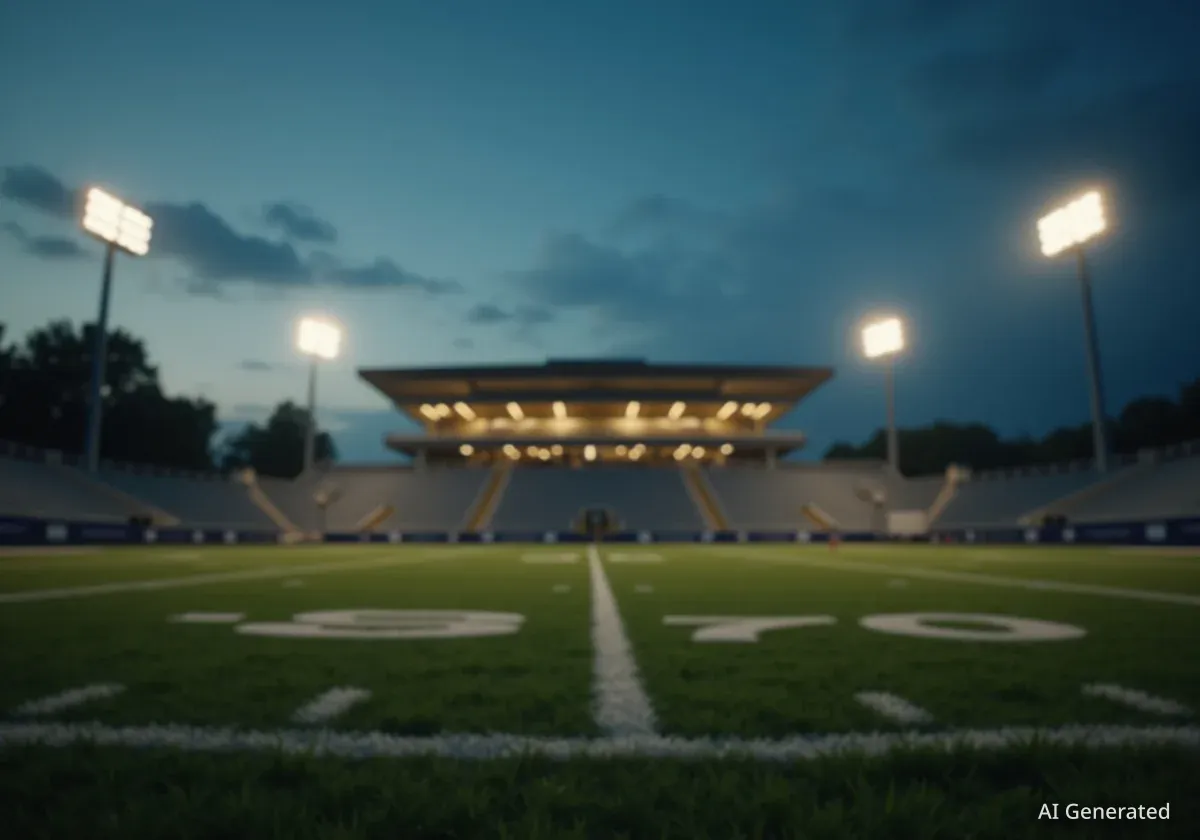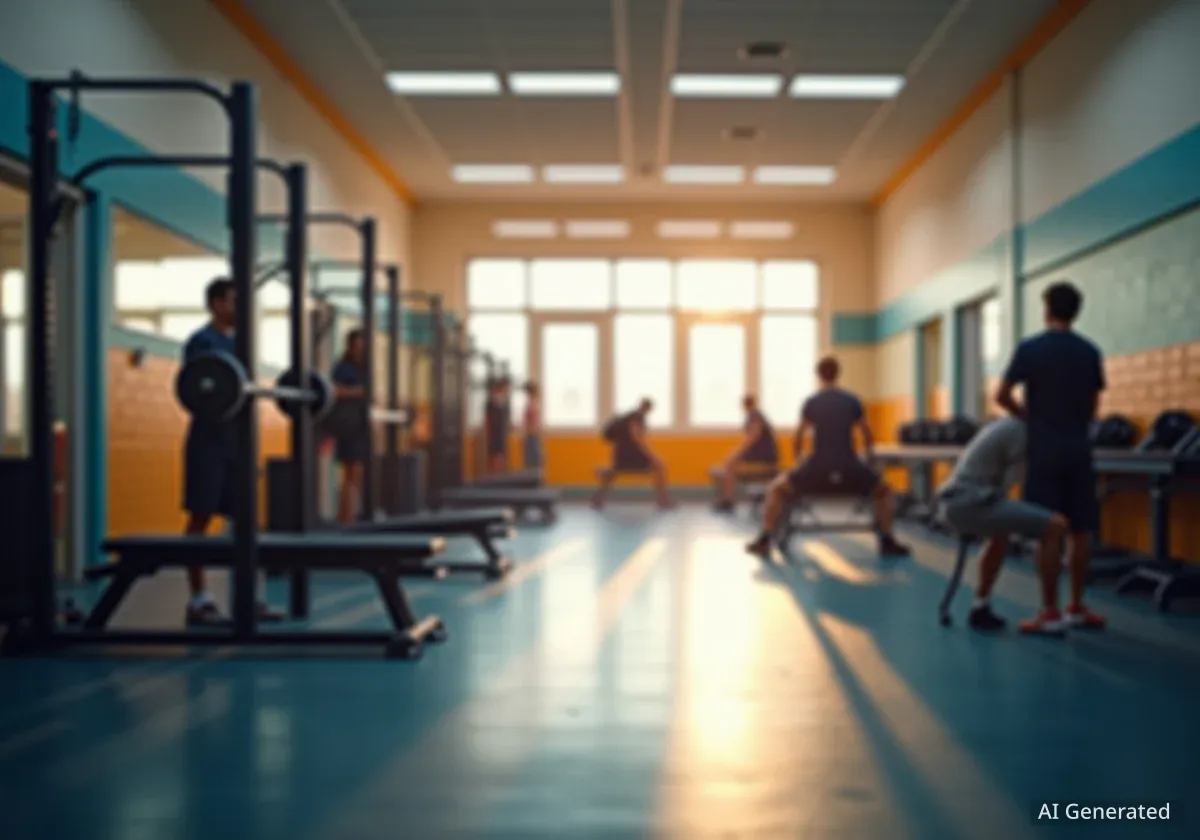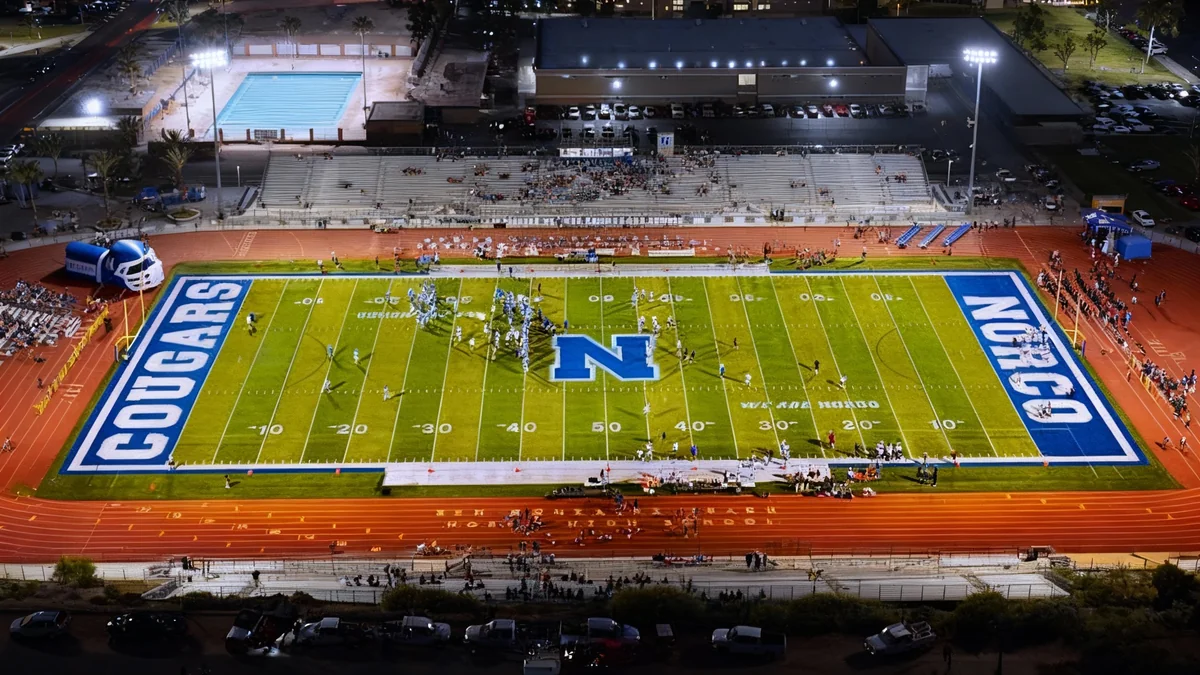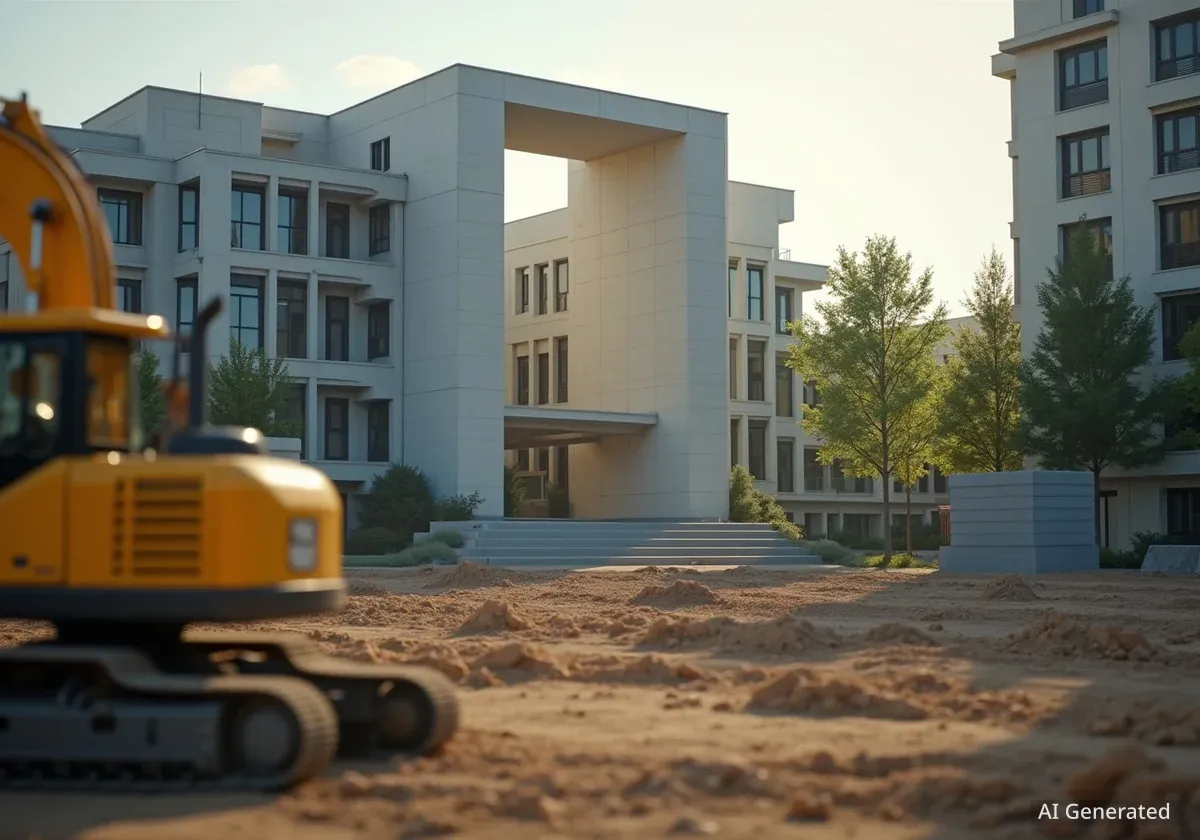Hundreds of Texas high schools are holding their breath as the University Interscholastic League (UIL) prepares for its biennial Snapshot Day. This single day of enrollment counts will determine the athletic classifications for the 2025-2026 seasons, potentially creating new rivalries and ending old ones as schools shift between divisions.
The process, known as realignment, impacts everything from travel budgets to championship aspirations. For dozens of schools teetering on the edge of classification cutoffs, the numbers submitted on Friday will have significant consequences for their athletic programs for the next two years.
Key Takeaways
- UIL Snapshot Day determines athletic classifications for Texas high schools for a two-year period based on student enrollment figures.
- Numerous prominent programs, including DeSoto, Aledo, and New Braunfels, are on the bubble and could change classifications.
- Schools can move up or down divisions, affecting competition levels, travel distances, and traditional rivalries.
- The reclassification impacts all UIL-sanctioned sports, not just football, fundamentally altering the competitive landscape.
The Numbers Game: How Realignment Works
The UIL, the governing body for most public school extracurricular activities in Texas, uses a simple but impactful method to ensure fair competition. Every two years, it collects enrollment data from its member schools on a specific day in October, known as Snapshot Day.
These numbers are then used to create classification cutoffs. The largest schools compete in Class 6A, followed by 5A, 4A, and so on, down to 1A for the smallest schools. Within football, larger classifications like 5A are further split into Division I and Division II, adding another layer of complexity.
What is UIL Snapshot Day?
Snapshot Day is the designated date when Texas high schools submit their official student enrollment figures to the UIL. This data is the sole factor used to place schools into competitive classifications (1A through 6A) for the next two-year alignment cycle, ensuring schools compete against others of similar size.
A difference of just a handful of students can be the deciding factor that pushes a school into a higher classification or allows it to drop to a lower one. This biennial shuffle is a time of great anticipation and anxiety for coaches, athletic directors, and communities across the state.
Powerhouse Programs on the Move
This year's realignment watch list includes some of the most recognizable names in Texas high school sports. Several schools with strong athletic traditions find themselves on the classification bubble, facing potential moves that could dramatically alter their paths to a championship.
Potential Drops from 6A to 5A
Several current 6A schools are close to the cutoff and could find themselves competing in Class 5A-Division I. This move could provide a competitive advantage for some, while for others, it means leaving behind long-standing district rivalries.
Among the notable schools being watched are DeSoto, a perennial football powerhouse, and San Antonio Churchill. Other large schools like Arlington Bowie, Killeen Shoemaker, and Spring Westfield are also near the threshold. A move down would place them in a new competitive bracket with a different set of challengers.
The Ripple Effect
When a large school like DeSoto or Aledo changes classification, it creates a ripple effect. It forces the UIL to redraw district boundaries, impacting the schedules, travel, and rivalries for 8-10 other schools in the new and old districts.
The Jump to 6A
Conversely, a growing number of successful 5A programs are on the verge of moving up to the state's highest level of competition. Aledo, a program with a record number of state football titles, is widely expected to make the jump to 6A. This move would test its dominance against the largest schools in Texas.
Other rapidly growing schools that could be promoted to 6A include:
- Burleson Centennial
- Georgetown East View
- Lake Belton
- Leander Rouse
- College Station
For these programs, a move to 6A represents the ultimate challenge, pitting them against schools with significantly larger student bodies and deeper talent pools.
Movement Across All Classifications
The reclassification drama is not limited to the largest schools. Dozens of programs across the state are facing similar uncertainty as they hover between classification lines from 5A down to 1A.
For instance, New Braunfels, currently a 5A-Division I school, could find itself dropping to 5A-Division II, a significant shift for its athletic programs. In East Texas, the Gilmer Buckeyes, a strong 4A-Division II program, might be pushed up to Division I, facing a tougher road in the playoffs.
In smaller classifications, schools like Ponder are on the edge of moving from 3A to 4A, while some 2A schools could even be reclassified as 1A for six-man football, a completely different version of the sport.
"Every coach in the state is watching these numbers. One student can be the difference between playing for a title in your division or being completely outmatched in a higher one. It's the most stressful time of the off-season."
Some schools may also choose to "opt up" to a higher classification. This is often done to maintain rivalries or to compete at a level the school's administration feels is more appropriate, even if their enrollment numbers don't require it.
What Happens Next
Once the UIL collects all the enrollment data from Snapshot Day, its staff will begin the complex process of setting the new classification cutoff numbers. These figures are typically released in early December.
Following the release of the cutoffs, the UIL will then unveil the new district alignments in February. This is when schools will learn who their district opponents will be for the next two academic years, from 2024 to 2026. This announcement will officially set the stage for new matchups and renewed rivalries, marking the beginning of a new chapter in Texas high school athletics.





